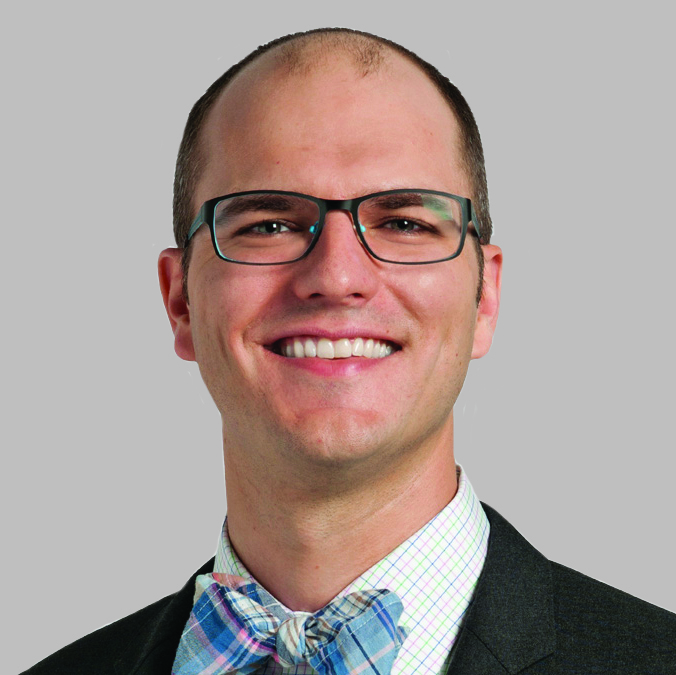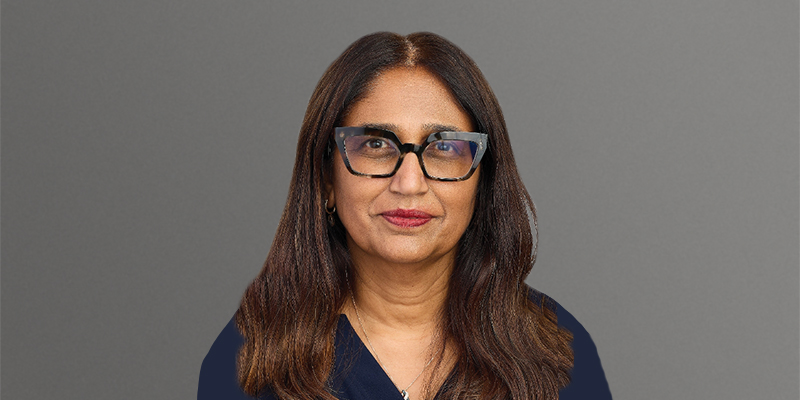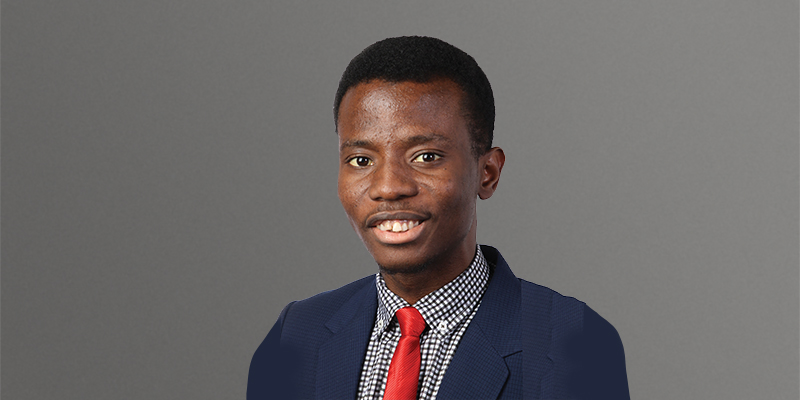
Hailing from a small, rural town in Michigan, Dr. Gerds describes his journey to becoming a hematologist oncologist at the Cleveland Clinic and the mentors who inspired him along the way.
Where did you grow up, and when did you know you wanted to be a hematologist oncologist?
I grew up in a tiny, rural town in Michigan called Melvin. The population for the 2020 census is 148 people. I’d always been interested in science and math, and I knew that I would end up in a field that would apply science in a very tangible and humanistic way.
I got some exposure as a medical assistant, at a local primary care practice. I would room patients, take their vitals, and help with phlebotomy and x-rays. That experience is when I knew that medicine is the right choice for me. Hematology didn’t come along until later. Heading to medical school, I thought I would do primary care in a rural area. But between my first and second year of medical school, I took an opportunity to join a lab working on melanoma cell lines, trying to better understand the pathways that drive melanocytes into melanoma cells. While I was all thumbs in the lab, the experiments taught me the power in the interface between raw scientific discovery and the practical application of medicine. This experience set me on a path toward hematology oncology, then I did a sub-internship on the hematology service during my fourth year of medical school, which solidified the idea that hematology is what I want to do.
Were there any mentors who shaped your career path?
Credit goes to a lot of the people who helped me along the way. During residency, one of the biggest influences was Patrick Stiff, MD, at Loyola University Chicago. He taught me patient care and how to think about the application of clinical trial data in everyday patient care. He also gave me my first opportunity to get involved with clinical research. Without him, I certainly wouldn’t have been able to go down this path. He got me involved very early on.
I did my fellowship at the Fred Hutch Cancer Center in Seattle. There, I worked under the mentorship of Drs. Joachim Deeg and Bart Scott, who influenced my career tremendously. I also had the opportunity to work with Drs. Eli Estey, Janis Abkowitz, and Fred Appelbaum, among many others, who helped me learn how to be a hematologist and clinical researcher.
Can you talk about your current clinical research?
I joined the Leukemia and Myeloid Disorders Program at the Cleveland Clinic after fellowship, which was led by Mikkael Sekeres, MD. I had the opportunity to start working on myeloproliferative neoplasms [MPNs] shortly after I arrived. I liked the patient population and the disease space, so I thought it could be a really great opportunity. Clinical trials for patients with MPNs—myelofibrosis, polycythemia vera, and essential thrombocythemia—remains the big focus of what I’m doing.
There have been a couple of themes of the research program here over the last decade. A big one has been the treatment of anemia in myelofibrosis. Anemia is very common in myelofibrosis. It’s often a presenting symptom and a prognostic marker. There are treatments available, but they’re certainly not complete.
What are the different ways we can start to treat anemia in myelofibrosis? We focused on things like luspatercept, ACVR1 [activin A receptor, type 1] inhibitors, and newer agents harnessing the power of the hepcidin pathway to alleviate anemia in myelofibrosis. We’ve also worked on clinical trials in polycythemia vera trying to do the opposite and lower the red cell count in those diseases. There’s a nice contrast there.
There are also trials looking at agents that want to massively change the direction of treatment. The only thing that can cure these diseases as of today is allogeneic hematopoietic stem cell transplant. Can we develop treatments that can either eliminate the need for transplant for some patients or put it off? Can we truly change the course of disease? So, I had a keen interest in developing those treatments as well.
What do you hope to see in the field over the next 10 years?
Janus kinase inhibitors, the drugs that are commonly used to treat myelofibrosis, have been revolutionary. Patients are living longer; they’re living better. But, we want therapies that truly change the course of disease and root out disease in a deep and meaningful way where patients are living not only better, but substantially longer.
The hope is that while these therapies aren’t going to be curative, they can chronically control it. Right now, we’re in the same position as multiple myeloma, where treatments have stretched the average survival by decades. I think that’s really where the field is focused on and where the field is going.
What advice would you give to younger physicians or trainees in the field?
Just try stuff. Be brave. Be bold. If it works, great. If not, there’s always an opportunity to retool and go a different direction. Inactivity limits creativity.
Which hobbies or activities do you enjoy outside of work?
Laura Michaelis, MD, who’s a mentor, friend, and colleague at the Medical College of Wisconsin, and I often joke that our hobby is collecting hobbies. My list of hobbies is long and eclectic, including everything from road cycling to repairing and modifying old Nintendo Gameboys. Although it lay dormant for quite some time, I recently resurrected playing guitar. In medical school and residency, I was part of a cover band with my classmates. Being winter right now, the dominant hobby is ice hockey. I’ve been playing the sport my whole life and now coach my son’s team. It is an absolute blast to be on the ice with him and his teammates!






 © 2025 Mashup Media, LLC, a Formedics Property. All Rights Reserved.
© 2025 Mashup Media, LLC, a Formedics Property. All Rights Reserved.